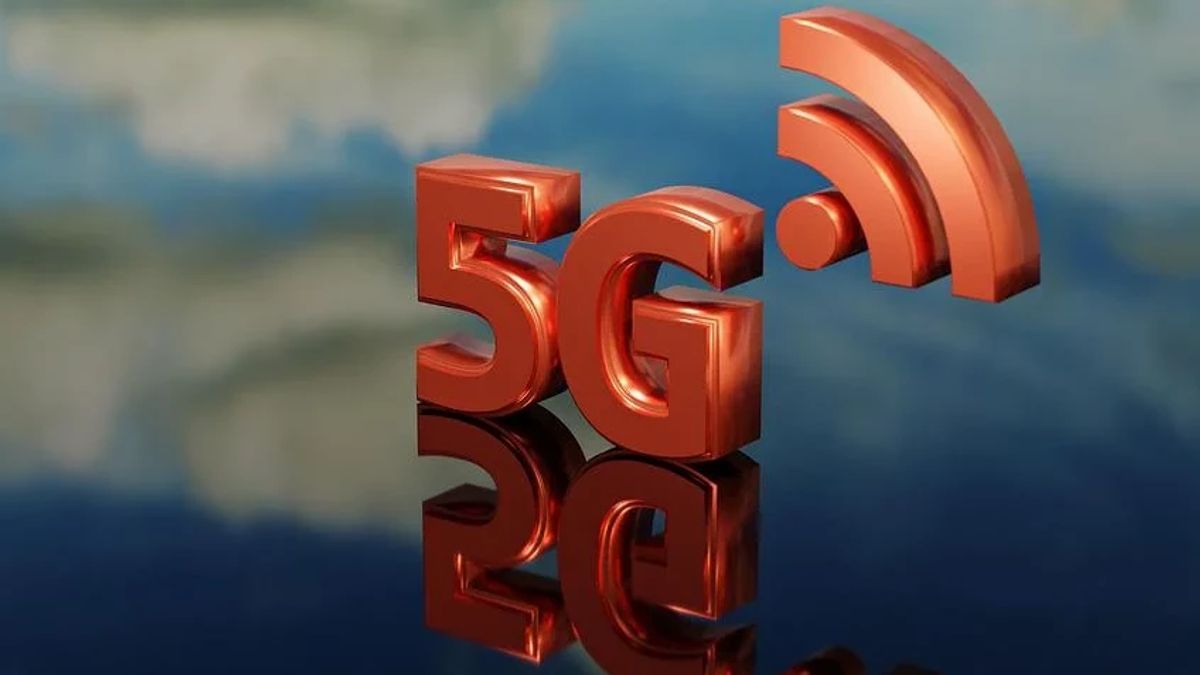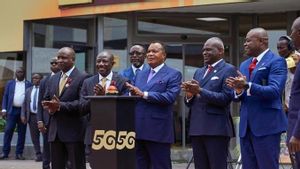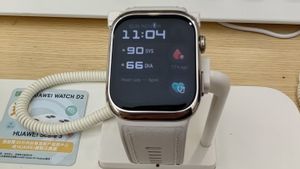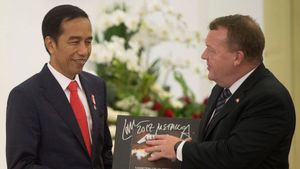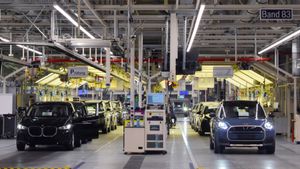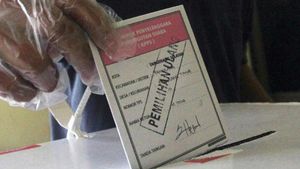JAKARTA - On a weekday, the new headquarters of South Korean technology company Naver Corp near Seoul resembles a scene straight out of a sci-fi film. There are about 40 robots walking across the floor and delivering parcels and Starbucks coffee to humans. This makes automated services performed from their robots.
Rookies, as the robots were called, walked among the people. They can even take the see-through elevator provided for them to explore the 28 floors of the building. Most importantly for Naver, the Rookies' brains are stored in the cloud and connected to robots via a superfast private 5G network.
While the robots appear to be doing their job well, senior Naver executives are wary of the commercial future of Rookies' robot business, in which the company has invested $550 million, as 5G technology presents challenges.
"This will be a long-term task," Seok Sang-ok, CEO of the R&D arm of Naver Labs, which is leading the robot project, told Reuters. But he refused to make any financial forecasts for the business.
Naver is the dominant search portal operator in South Korea and one of the top 10 most valuable listed companies with a market capitalization of 35 billion US dollars (512.7 trillion). They have already made inroads into 5G, becoming the first non-telecommunications company in the country to be allowed to run a locally licensed 5G network last December.
Naver's cautious look at the robot business underscores the challenges the company faces in turning the innovative ideas that 5G technology has promised to become commercial success.
These include regulatory hurdles involving new services such as autonomous driving, uneven network rollouts, and gradual technology upgrades.
Even in a technologically advanced country like South Korea, Asia's 5G pioneer, which launched its fifth-generation cellular network in 2019, demand for the service remains muted. Even telcos are reluctant to invest the huge amounts needed to increase connection speeds to support services like autonomous driving.
While Naver's robots are currently performing basic functions and their reliability is being tested in relatively controlled settings, Naver executives are counting on its affordability as a USP for a wider range of uses.
Naver declined to disclose the price of the robot. But said removing the central processing unit and graphics processing unit from the robot and keeping its "brains" in the cloud could reduce costs by more than $1,500 per unit.
"5G's low latency is the key to ditching the computer inside the robot so it can access massive computing power that is not limited by the size of the robot," said Seok.
Naver plans to increase the number of robots to 100 this year and also allow them to perform set-up and maintenance work on its large data center to be completed by 2023. The center will have an area of 300,000 square meters and be able to operate at least 100,000 servers, according to largest data center scale from Microsoft or Apple.
"5G is a network with many advantages, but it has to be optimized for robots rather than mobile phones. Nobody can do it, but we do," Won Choong-lyol of Naver Labs said in an interview.
The English, Chinese, Japanese, Arabic, and French versions are automatically generated by the AI. So there may still be inaccuracies in translating, please always see Indonesian as our main language. (system supported by DigitalSiber.id)
